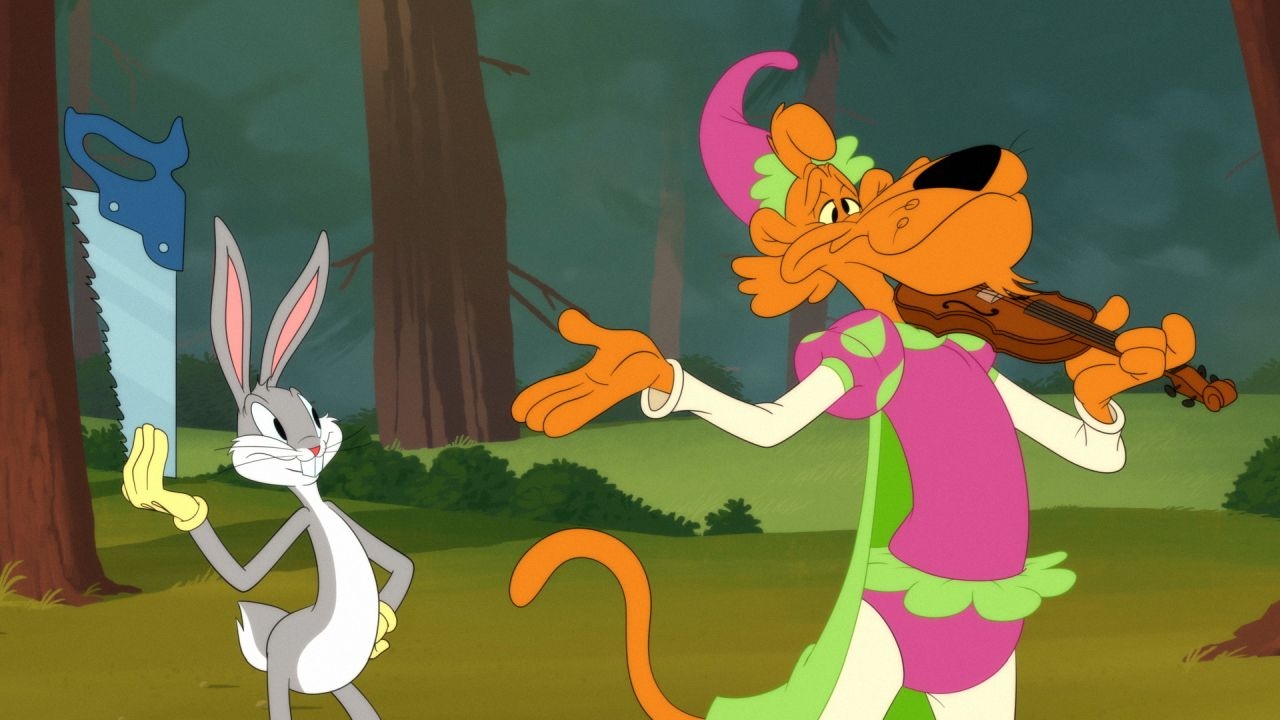Saturday morning cartoons, once a staple of childhood entertainment in many households, gradually declined and eventually ended due to several interconnected reasons. At their peak, these animated shows provided a dedicated block of programming on major networks, offering a mix of action, adventure, comedy, and educational content that captivated young audiences. However, as viewing habits shifted with the advent of cable television, streaming services, and on-demand viewing, the traditional Saturday morning cartoon format struggled to compete for viewership and advertising revenue. Networks began reallocating airtime to more profitable programming, including live-action shows, sports programming, and syndicated content, leading to the eventual demise of this beloved tradition.

Changing Viewing Habits and Technological Advances
The rise of cable television and later streaming platforms revolutionized how audiences consumed entertainment. With the ability to access cartoons and other content anytime, anywhere, children no longer needed to wait until Saturday morning to watch their favorite shows. This shift from scheduled viewing to on-demand options undermined the appeal of the Saturday morning cartoon block, as viewers increasingly gravitated towards personalized viewing experiences and binge-watching entire series rather than waiting for weekly broadcasts.
Regulatory Changes and Educational Mandates
In the 1990s, regulatory changes such as the Children’s Television Act in the United States imposed stricter guidelines on children’s programming, particularly concerning educational content and advertising practices. Networks faced new requirements to include educational elements in their programming or risk losing their broadcast licenses. This shift forced networks to reevaluate their programming strategies, potentially reducing the number of cartoons aired on Saturday mornings that did not meet these new standards or were not financially viable under the new regulations.
Declining Advertising Revenue and Production Costs
Saturday morning cartoons relied heavily on advertising revenue to fund production costs and generate profits for networks. However, as viewership declined and audiences fragmented across various platforms, advertisers increasingly turned to digital advertising and targeted marketing strategies to reach young consumers. The traditional model of selling commercial airtime during Saturday morning cartoons became less effective and lucrative, leading networks to reconsider investing in costly animated productions that did not yield sufficient returns.
Competition from Cable and Streaming Services
The proliferation of cable channels dedicated to children’s programming, such as Cartoon Network and Disney Channel, posed formidable competition to traditional broadcast networks airing Saturday morning cartoons. These specialized channels offered a diverse lineup of animated shows tailored to specific age groups and interests, drawing viewers away from network television. Additionally, the advent of streaming services like Netflix, Hulu, and Amazon Prime Video provided extensive libraries of children’s content without the interruptions of commercials, further eroding the appeal of scheduled programming blocks on broadcast networks.
Cultural and Creative Shifts in Content Preferences
As societal norms and cultural preferences evolved, so did children’s expectations for entertainment content. Cartoons that once dominated Saturday mornings often featured episodic adventures and simplistic narratives, whereas contemporary audiences gravitated towards serialized storytelling, complex characters, and diverse representation. Networks struggled to adapt to these changing tastes while maintaining profitability, leading to a decline in the production and broadcast of traditional Saturday morning cartoons in favor of more financially viable programming options.
Vote
Who is your all-time favorite president?
Legacy and Nostalgia
Despite the decline of Saturday morning cartoons, the legacy of these beloved shows endures through nostalgia and cultural impact. Many adults fondly recall their childhood memories of waking up early to watch animated classics, fostering a sense of nostalgia that continues to influence pop culture and entertainment trends. While the traditional Saturday morning cartoon format may have ended, its influence on animation and children’s programming remains significant, shaping the creative landscape and inspiring new generations of storytellers and animators to create memorable content for audiences worldwide.
In summary, the end of Saturday morning cartoons reflects a combination of factors, including shifting viewing habits, regulatory changes, financial pressures, increased competition from cable and streaming services, evolving cultural preferences, and the enduring legacy of nostalgia. While the era of Saturday morning cartoons may have drawn to a close, their impact on entertainment and childhood experiences continues to resonate with audiences of all ages.